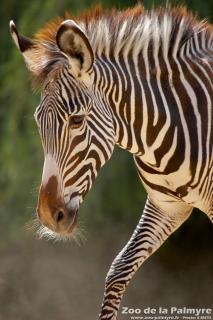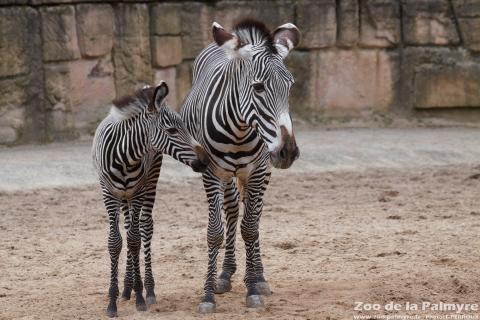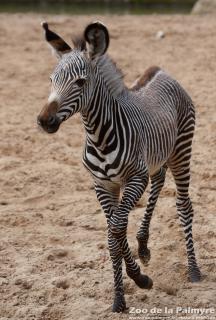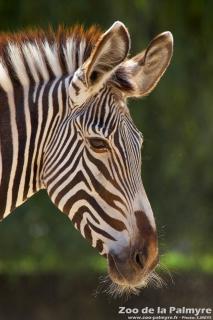Grevy’s Zebra

Grevy’s Zebra

-
Class
Mammalia -
Order
Perissodactyla -
Familly
Equidae
-
 1.4–1.6m
1.4–1.6m -
 350–450kg max
350–450kg max -
 13 months
13 months -
 1
1 -
 up to 30 years
up to 30 years
-
Diet
herbivorous (grass, leaves) -
Habitat
semi-arid prairies -
Range
Africa (Ethiopia, Kenya) -
 This species is part of a European Breeding Program
This species is part of a European Breeding Program
-
Population in the wild
Stable -
IUCN REDLIST status

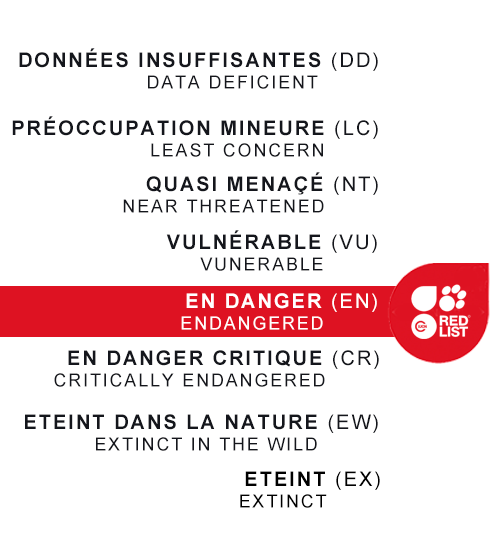
Grevy’s Zebras are white with brown-tipped muzzles. Their stripes are narrower than those of Chapman’s Zebras and they are the largest wild Equidae.
Their social structure differs to that of other zebras. Instead of harems or small family groups, they live in more open societies without long-lasting relationships, except those between a mother and her foal. Dominant males defend territories over which they have exclusive access to receptive females, never leaving the group except during intense droughts, and then only for a few weeks.
The species is named for the president of the French Third Republic, Jules Grévy, after Empeor Menelik of Ethiopia gave him a zebra as a gift. The number of wild Grevy’s Zebras is currently estimated to be less than 2,500. The species is listed as endangered on the IUCN’s Red List because of rivalry with livestock for access to pastureland and water sources, being intensively hunted, mainly for its skin but also for its meat, and certain diseases, including anthrax.

